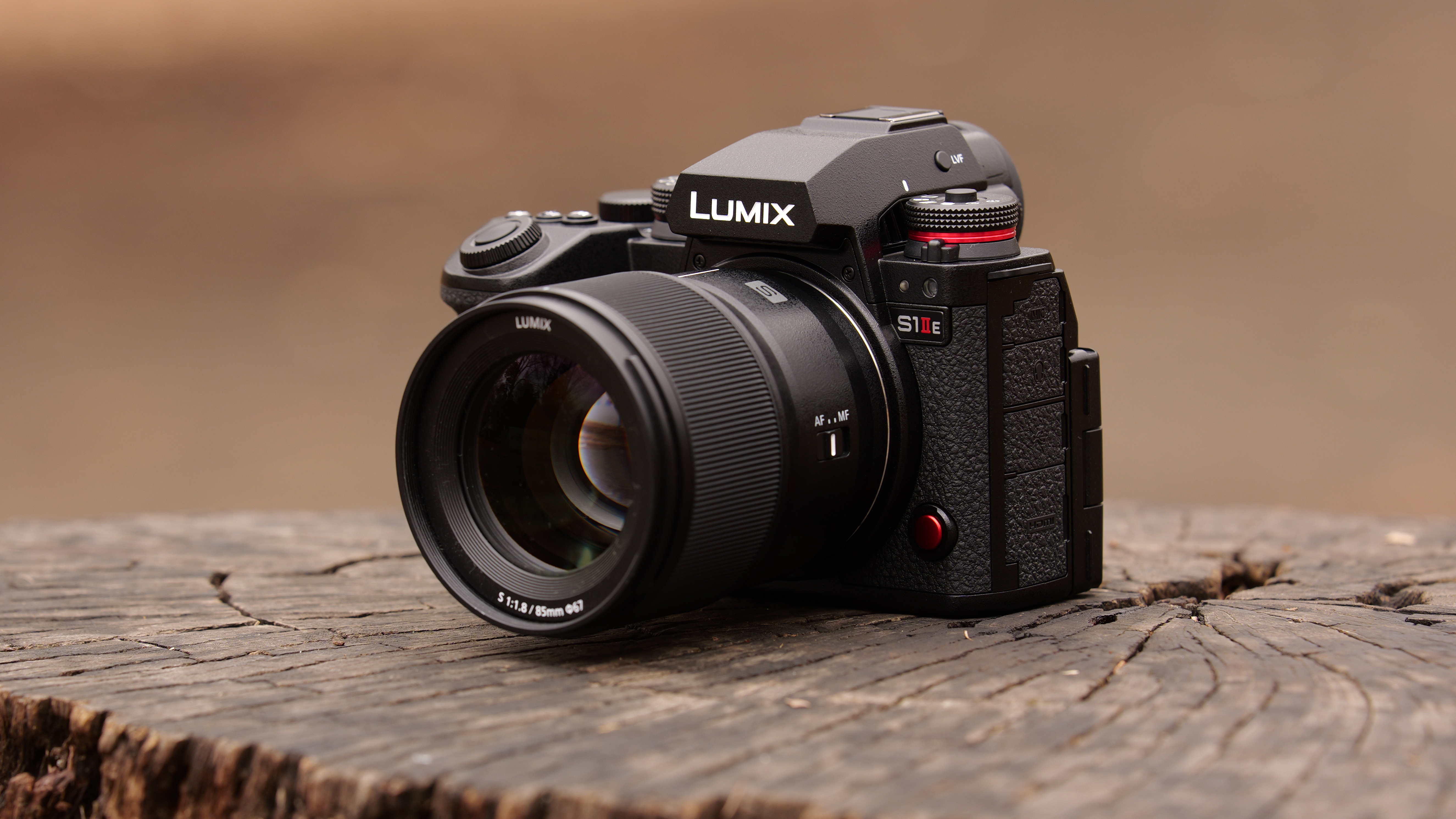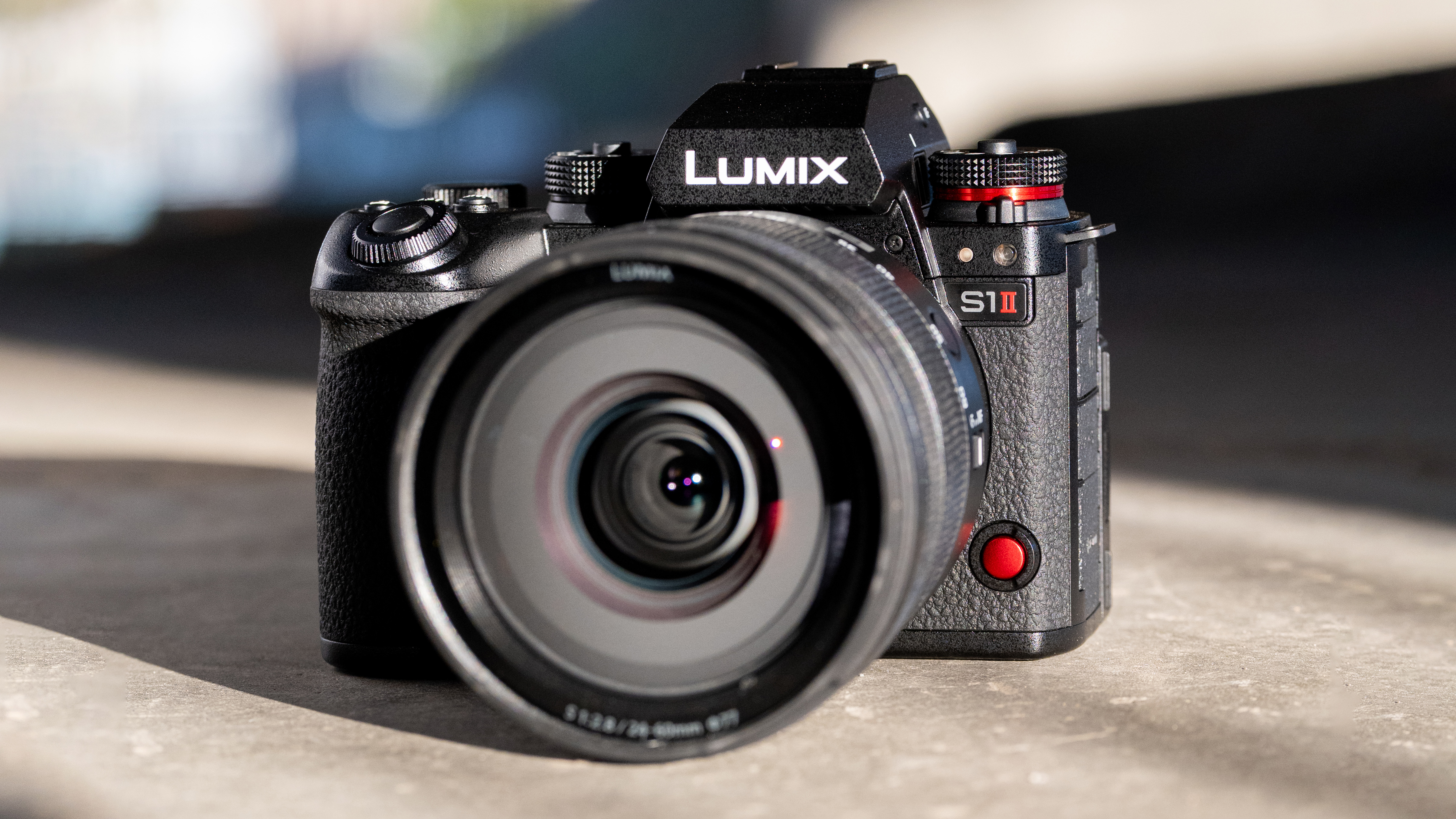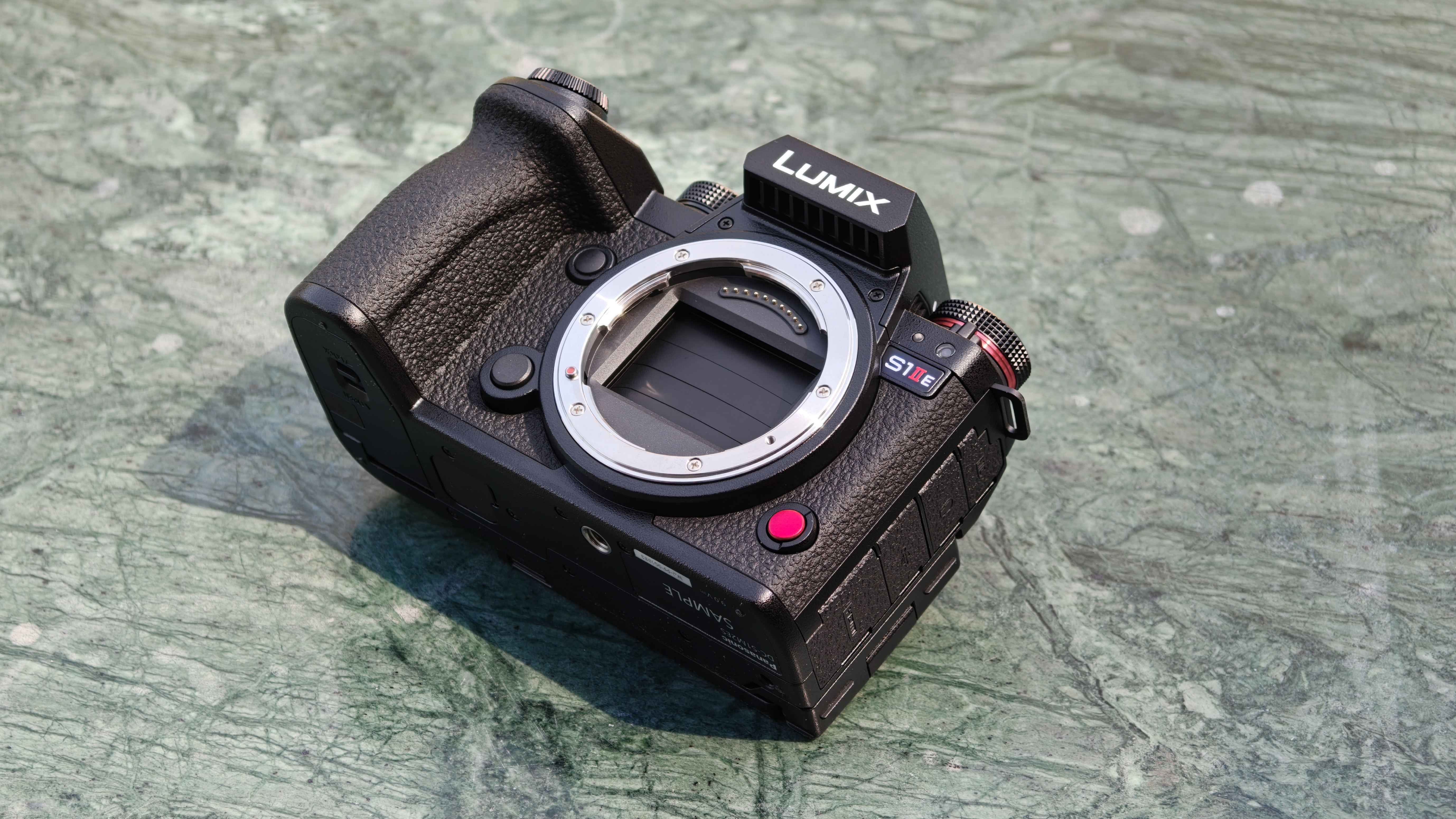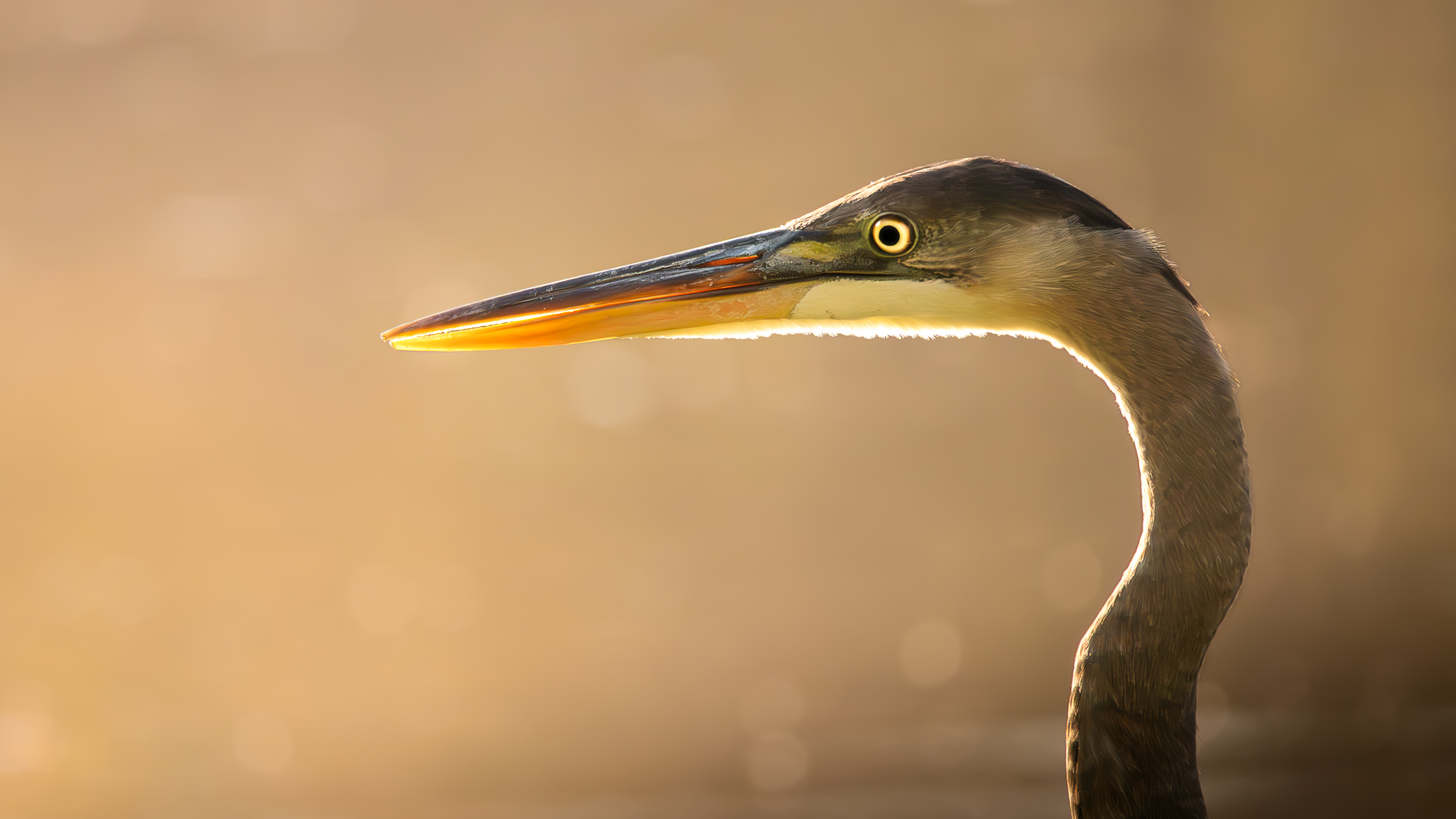Panasonic stacks its full-frame lineup with two new cameras
These two new Lumix cameras include a partially stacked sensor flagship and even more video features

When it rains, it pours! Panasonic is treating us to not one but two new cameras in its full-frame S lineup (and a new 24-60mm f/2.8 lens), with an upgraded flagship Panasonic Lumix S1II (featuring Panasonic’s first partially stacked sensor) and mid-tier Lumix S1IIE with killer video specs for an affordable price.
You’d be forgiven for getting Panasonic’s S range a little confused, as both these new cameras borrow the same body and layout as the recently released resolution-specialist Lumix S1RII.
All three models weigh in at around 800g and share the same 5760k-dot 0.78x OLED EVF and 1.840k-dot LCD, as well as a 2200mAh battery that gives between 340-380 shots with using the screen or 280-320 shots when using the EVF.
The similarities don’t end there, as both new cameras (and soon the S1R II, via a firmware update) will benefit from new and improved autofocus, which Panasonic is claiming is up to 1.6x faster than the autofocus found in the Lumix S5IIX.
Not only is it faster but it's also smarter, with new subject recognition options for urban sports including street dance, BMX, skateboarding and parkour, that should better track dynamic action. But what actually separates these new models?
Panasonic Lumix S1II
Starting with the big guns, the Lumix S1II features the first partially stacked sensor to appear in a Lumix camera (following a trend started by the Nikon Z6 III).
A partially stacked sensor has the pixel layer stacked on top of some of the other circuitry, meaning that readout across the sensor is faster – although not quite as speedy as the fully stacked sensors that appear in the best sports cameras like the Nikon Z9 or Fujifilm X-H2S, it is a more affordable sensor option.
The best camera deals, reviews, product advice, and unmissable photography news, direct to your inbox!
The sensor is packing 24.1 megapixels and can shoot at up to a whopping 70 frames per second using the electronic shutter (or 10 frames per second using the mechanical shutter).
Open gate video, or recording using the entire width and height of the sensor, has become a calling card of Lumix cameras in recent years, and the S1II can shoot in 5.1K 60/50p or 6K 30p open gate (3:2), all with 15+ stops of dynamic range.
The S1II can also record internally in Apple ProRes RAW / RAW HQ in 5.8K 30p or C4K 60p (17:9). As for other ratios and frame rates, if you can name it then the S1II can probably do it, with options available for C4K 60p 422 10-bit, 4K up to 120p, and FullHD at up to 240p. There is also a new CinemaScope ratio of 2.4:1 that uses the full height of the sensor.
Panasonic Lumix S1IIE
The Lumix S1IIE slots into the lineup between the flagship S1II and the more affordable S5IIX – building on the latter model’s great video chops but adding options for internal Apple ProRes RAW / RAW HQ recording in up to 5.8K30p (17:9) as well as open gate (3:2) video in up to 6K 30p, and CineScope 2.4:1 in 4K 60p.
The sensor in the S1IIE has a 24.2MP resolution and 14+ stops of dynamic range – but doesn’t benefit from being partially stacked like its sibling.
The S1II and S1IIE will join Lumix G cameras (and the S1RII) in supporting Arri Log C3 via a firmware update scheduled for later in the year – although this will require an additional purchase of a Lumix Upgrade Software Key.
Future firmware will also add more options for timecode synchronization via Bluetooth, and lastly a new feature to directly transfer data from the CFExpress or SD card in the camera to an attached SSD making it quicker and easier to offload data.
The Panasonic Lumix S1II will cost $3,199 / £2,899 / AU$5,299, which is slightly under the $3,299 / £2,999 / AU$5,499 price of the S1RII with its higher resolution sensor.
The Panasonic Lumix S1IIE, meanwhile, will cost $2,499 / £2,399 / AU$4,199, which is a couple of hundred dollars more than the Lumix S5IIX ($2,199 / £2,199 / AU$3,199). Both models will be available from June.
You might also like...
Take a look at the best Panasonic cameras, and the best L-Mount lenses for the full-frame S series and the best Micro Four Thirds lenses for G series bodies.

Gareth is a photographer based in London, working as a freelance photographer and videographer for the past several years, having the privilege to shoot for some household names. With work focusing on fashion, portrait and lifestyle content creation, he has developed a range of skills covering everything from editorial shoots to social media videos. Outside of work, he has a personal passion for travel and nature photography, with a devotion to sustainability and environmental causes.
You must confirm your public display name before commenting
Please logout and then login again, you will then be prompted to enter your display name.


